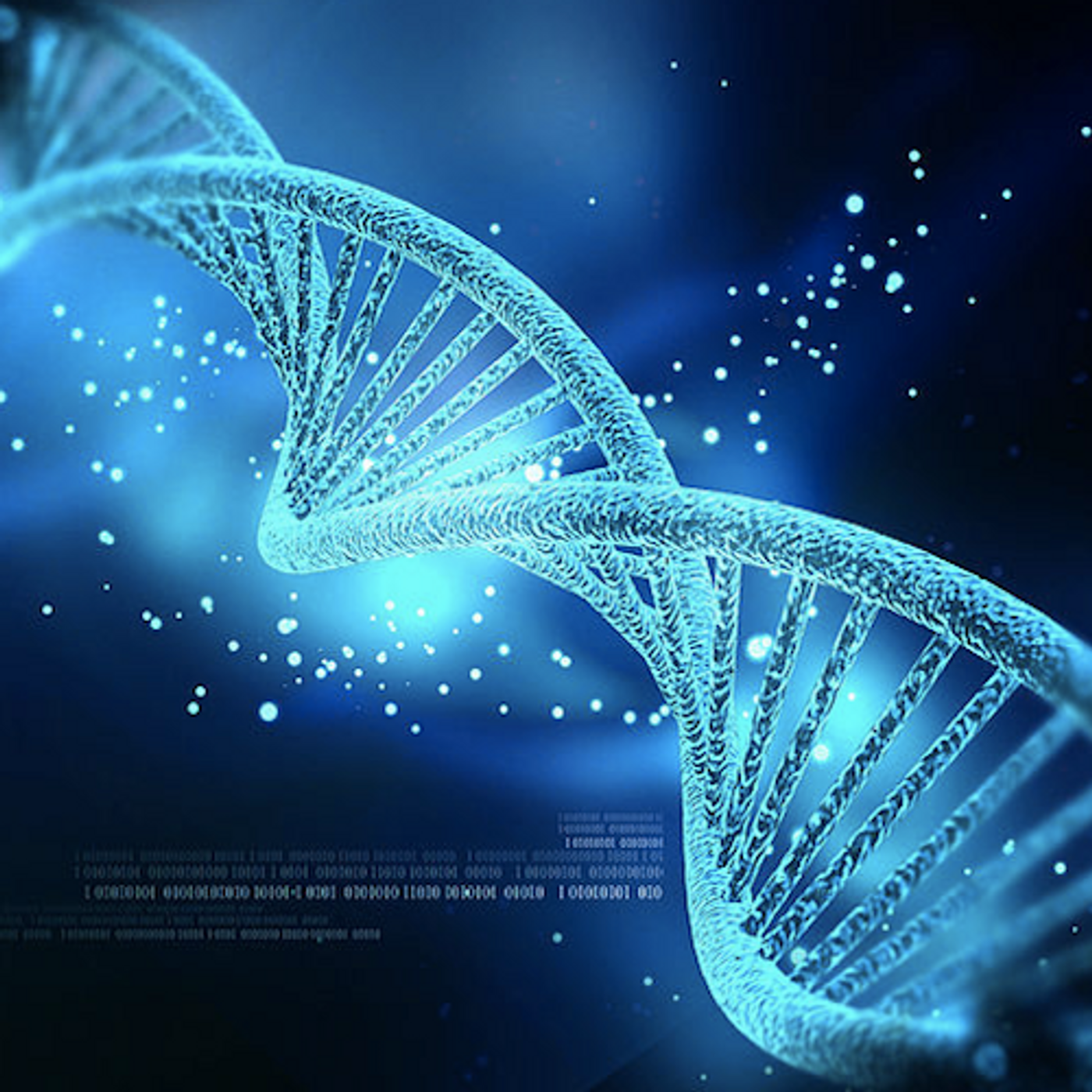Amazing Images Reveal a Fundamental Process of Life
Our cells transcribe the genetic code contained in our DNA, turning it first into an intermediary called transfer RNA, and then into proteins. Now, researchers at The Institute of Cancer Research, London have used a technique called Cryo-EM, which won a recent Nobel Prize, to actually see the procession action. Because it can get hijacked when cells become cancerous, the investigators are hopeful that this new data revealing the intricate details of the mechanism will aid in cancer research. The work has been reported in Nature and is summarized in the following video, which also shows some of the images they captured.
Cryo-electron microscopy (Cryo-EM) won the 2017 Nobel Prize in Chemistry and can capture images of objects that are less than one 2000th of the width of a human hair. With that powerful tool, a molecule called RNA polymerase III was caught in action, as it transcribed DNA into RNA. This is a procedure common to every animal, as well as plants. RNA polymerase III is, therefore, a critical part of life on earth. In cancer, it becomes more active, generating the proteins needed by cancerous cells to survive and multiply like crazy.
"We used a really exciting new type of microscopy called Cryo-EM to do something no scientists have been able to do before. We were able to freeze and catch the RNA polymerase III complex in the act of attaching to, separating and reading the DNA code,” explained Dr. Alessandro Vannini, the Team Leader in Structural Biology at The Institute of Cancer Research, London (IRC). “We obtained almost a million of independent snapshots and, using powerful computers we grouped similar snapshots together, enhancing their detail to obtain a vivid reconstruction of this machinery at work."
By using yeast cells, the researchers were able to reveal five different stages of the mechanism, which is the same in human cells. Every stage could be a potential way to disrupt cancer. "Now we know how the components of this crucial molecular mechanism fit together, we may be able to design drugs that turn the system on or off - and these could offer a whole new way of treating cancer,” Vannini said.
Cancerous cells are particularly reliant on the polymerase to make the proteins they require, and the investigators are hopeful that this work will help in the fight against the disease.
"Cryo-EM is revolutionizing molecular and cellular biology, allowing us to look in minute detail at molecular machines within cells and how they work. The technique is helping scientists to discover weaknesses in cancer cells that could be targeted by the next generation of drugs,” said Professor Paul Workman, Chief Executive of The Institute of Cancer Research, London.
"This beautiful study has unveiled a fundamental cog in the inner workings of cells, and one that is often exploited by cancers. It's a hugely important finding in cell biology, and I hope that in future it will lead to new treatments for cancer patients."
"Cryo-EM is rapidly advancing our knowledge of the structure and behavior of biological molecules, and this exciting discovery demonstrates how fundamental understanding of biological systems can open the door to the development of potential new cancer therapies,” said Dr. Amanda Collis, interim Executive Director of Science at BBSRC.
Sources: AAAS/Eurekalert! Via ICR, Nature









